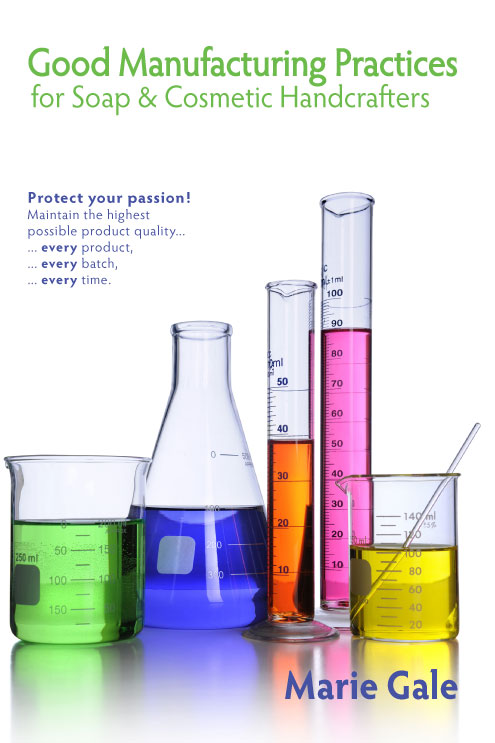The basics of good manufacturing practices aren’t too hard to grasp. Think of your GMP as the roadmap of all the steps necessary to get your high-quality product produced the same way, every time you make it. If you’re making good products now, then you must already be following the guidelines to some degree. The question is; do you have it documented so you know the same steps are being followed every time?
These are the eight main parts of GMP:
Documentation
First and foremost, all of the practices you follow when making your products need to be documented. Just mentally knowing what to do and how to do it isn’t good enough! It needs to be written down. Then the documentation must be followed, and records must be kept showing that it has been followed.
Documentation also needs to be backed up regularly (you’re doing that for your computer files already, right?) and also stored off-site.
Standard Operating Procedures
Standard operating procedures (SOPs) are written documents that cover non-product-specific things that have the potential of indirectly affecting your product quality. Basically, they list the why, what, when, where, who and how of every procedure you do. SOPs should be written (and followed) to cover things like your premises maintenance, equipment maintenance and use, personnel training, environmental factors, etc.
For example, you should have an SOP for how to use each piece of equipment, how to calibrate your scales, what to do with product returns, how to clean your premises and manufacturing areas, how to train staff that work with you, storage of materials, ingredients, and finished products, etc.
See my post on Suggested SOPs for a list of suggested Standard Operating Procedures to get you started.
Specification Sheets
Specification sheets detail the specifications that must be met for any ingredient or packaging materials used in your products or in your manufacturing of them.
Specification sheets should cover a description of the item, the criteria that it should meet, the ingredients or INCI name and a list of approved suppliers for the item. The criteria should be broken out into:
- Critical criteria – could affect product or consumer safety, or which are legally required;
- Major criteria – could affect product quality and, if not met, would result in a poor quality product;
- Minor criteria – should be met, but will not affect the final product quality.
Ingredient & Material Lot Numbers
This is one point that most handcrafters don’t have in place.
All ingredients and materials used in your products should be assigned lot numbers when they are received. A unique lot number must be assigned to each incoming shipment. If you order 24 blue 8 oz PET bottles today, and then order the same product from the same supplier next week, each shipment would have a different lot number.
The lot numbers must be traced through the manufacturing process and tied to each batch in which the lot is used.
Master Formulas
You probably already have a master formula for each of your products. (At least I hope so!) The master formula should include not only the ingredients and materials used in the product, but also step-by-step directions for how to make the product. It is what is supposed to be done.
Batch Records
Batch records are a written record of what was actually done when a batch was made. A batch record should follow the steps in the master formula, and have blanks and spaces to fill in what was actually done. For example, if you are supposed to heat your oils to 110 degrees, the batch records would have a line to write in the actual temperature for the batch when you measured it while making that particular batch.
The batch record must also include the lot numbers for all of the ingredients and packaging materials used in the batch.
Batch Numbers
As part of GMP, a unique identifying number should be assigned to each batch, and the number placed on the package label for every product from that batch.
Quality Control
Quality control is a broad area, covering many different aspects of the production process. In a large commercial operation with lots of people involved, quality control is normally handled by a separate department or division; they are the ones who do the double-checking to make sure everything is done as it should be.
In a one-man-show (which most handcrafters are), it’s important to take some time to step back and, zen-like, “become” the quality control supervisor and review your processes and procedures.
Quality control covers “change control” (determining when processes or procedures should be changed) and reviewing and handling any returns, complaints, or recalls of products.

